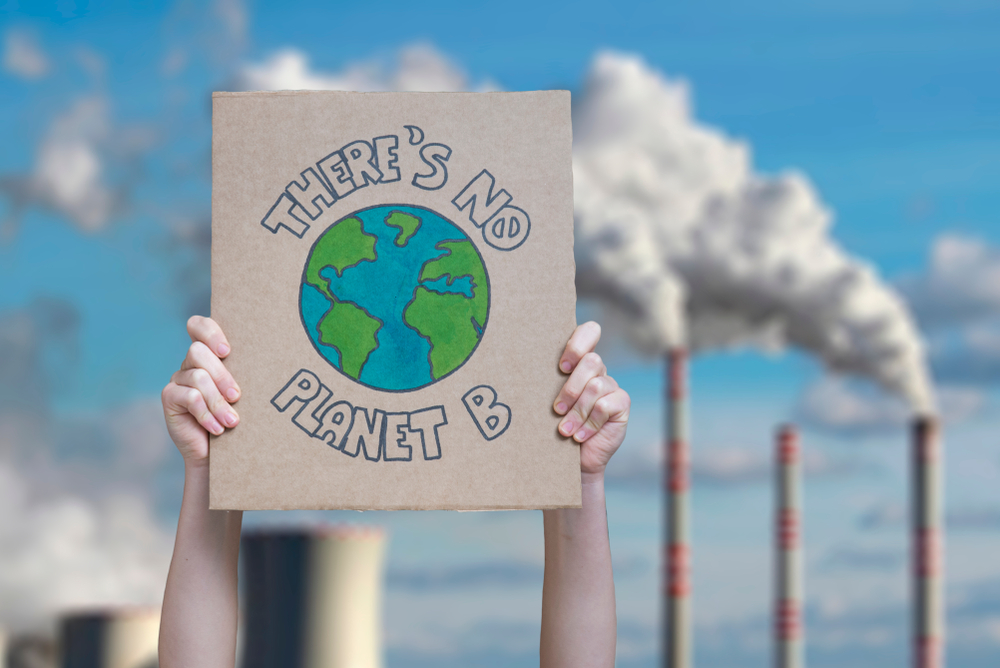What is carbon literacy?
Carbon literacy means making people aware of the cost of climate change in everyday activities, and how emissions of carbon and other greenhouse gasses into the atmosphere can be reduced with individual, organisational and structural changes.
Carbon literacy is more than just hot air. It focuses teams to understand climate change from a scientific level. Climate change is one of the greatest threats to human life, with climate change already causing severe weather disruption around the world and putting millions of people at risk from extreme weather events. Carbon literacy helps a business to understand what that means, and what can be done.
Why is carbon literacy training important?
Note: Write the answer for the above subheading.
Carbon Literacy training provides organisations with awareness of the climate-related costs and impacts of their every day actions, motivating organisations to reduce greenhouse gas emissions, teaching them and giving them the practical knowledge and tools to do so.
Should your ESG effort include carbon literacy for all staff?
It’s crucial to train all staff on carbon literacy, as with the training each individual can learn what change they can personally create and commit to to reduce their own carbon footprint and thereby contribute to the carbon reduction of their workplace, community, and the world at large. A 2021 study for the Leeds Climate Commission found that carbon training for the whole staff can encourage more climate-conscious behaviour, increase staff motivation and help organisations implement practical solutions for reducing their carbon imprint.
What can businesses do about climate change?
Carbon and other emissions can be measured and defined, from energy bills that use fossil fuels to the amount of petrol used to run a delivery fleet, from staff travel and commutes down to the energy efficiency of office buildings.
One of the ways to tackle climate change is to get to ‘net zero.’ This means a business, or a country, is removing the same amount of carbon dioxide equivalent (CO2e – more on that shortly) from the atmosphere as it is adding. So if a business is responsible for 50 tonnes of CO2e, it should work to remove 50 tonnes of CO2e as well. This could be done by carbon offsetting initiatives like switching to green energy or investing in specific carbon offset projects.
Many businesses and nations are aiming to be carbon neutral, i.e. achieve net zero emissions, within the next decade. Many nations have committed to this target by 2050. Working towards net zero emissions is seen to be the best tool to fight a rapidly warming world.
One step to making a difference is to understand the impact your business is having on climate change. Doing that means training staff to understand how to measure, adapt, and identify ways to reduce emissions and reach net zero.
What are greenhouse gas emissions?
Greenhouse gas emissions or GHGs, is any gas in the atmosphere which absorbs then re-admits heat, keeping the planet warmer than it should be. GHGs can include water vapour, carbon dioxide (CO2), methane (CO4), nitrous oxide (N2O), and ozone. GHGs do occur naturally, but human activity can increase the levels of GHGs in the atmosphere. Burning fossil fuels on an industrial scale has led to massive amounts of GHGs being released into the atmosphere, causing global warming.
Carbon dioxide is the most important greenhouse gas for global warming. But limiting emissions does not just mean focusing on carbon. All emissions need to be considered and measured. That’s where the term carbon dioxide equivalent (CO2e) is useful. Because different greenhouse gases can then be combined and measured based on the equivalent level of carbon they release into the atmosphere. It makes GHGs easily comparable based on their potential impact on the climate.
The first step to understanding greenhouse gas emissions is to consider emissions of all greenhouse gases, then consider how to compare and measure these, in order for those emissions to be reduced.
Which climate change goal should businesses set?
There is a lot of terminology out there. Net zero, net negative, climate neutral. Carbon literacy training for business helps sustainability teams and everyone working toward net zero better understand their efforts.
Net zero is the internationally agreed upon goal for mitigating global warming which leads to climate change. Net zero means the planet is able to limit global warming to 1.5 degrees Celsius, which should help the planet remain stable. Warming above 1.5C could lead to devastating climate change within decades, from rising sea levels to arctic winters.
A guide to climate terminology
Zero emissions
This means there are no greenhouse gas emissions at all, so no offsetting or balancing is required. Riding a bicycle for instance is a mode of transport that theoretically produces zero emissions, but the GHGs required to manufacture and dispose of the bicycles would need to be taken into account.
GHG neutral
This means GHGs are being introduced into the atmosphere, but this is compensated by also having them removed. This is essentially what net zero means. Any GHGs which are added are also offset.
Net negative
This means a business removes more GHGs than it produces over a period of time. A business might produce 80 tonnes of CO2e, for instance, but commit to offsetting 100 tonnes of CO2e.
Offsetting
This is where the GHG emissions a business is responsible for are offset by activities which remove or reduce emissions from the atmosphere. Offsetting could mean planting more trees which soak up CO2, investing in renewable energy like wind power, or water conservation projects.
Carbon literacy training with VinciWorks
As part of our efforts to support businesses with ESG training and reporting, we will soon be offering carbon literacy training suitable for all staff. Contact us now for more information, or find out more about how we can help with your sustainability efforts by visiting vinciworks.com/ESG








